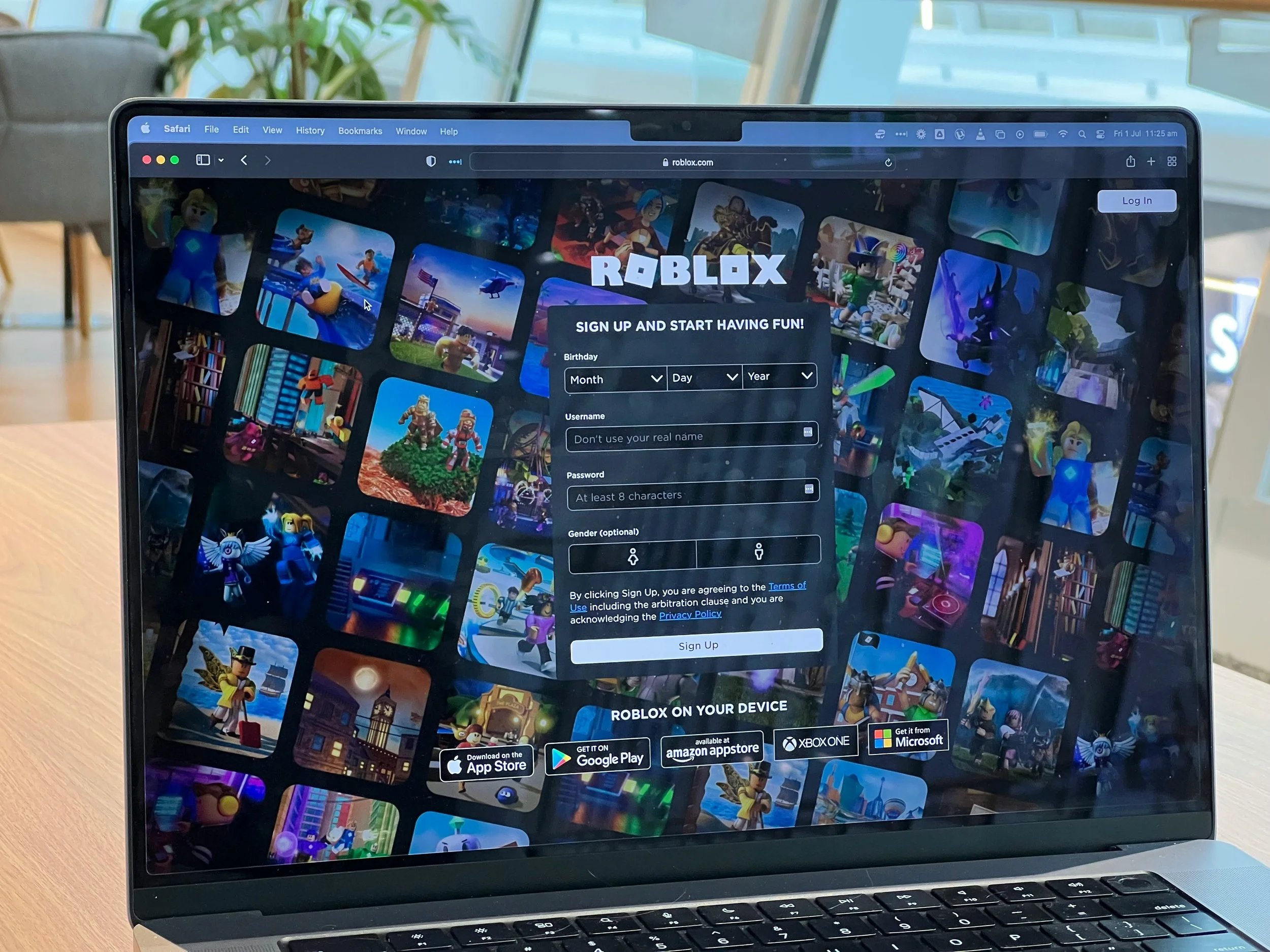I'm going to tell you about something that's going to piss you off. Not because it's complicated or expensive or impossible to do. You're going to be pissed because Chinese brands have been doing this for years while Western marketers have been getting fleeced by Meta and Google, convinced that paying more for less is just the natural evolution of digital marketing. It's not. We've been played.
I'm Done Renting Eyeballs
Meta raised ad costs 60% since 2020, while cutting your reach and hiding everything behind black box algorithms. You're paying more to reach fewer people with zero proof any of it works. Their sales reps measure their own performance and call it success. Chinese brands abandoned this broken model years ago. They build communities that compound in value. They own relationships instead of renting them. Western marketers keep feeding the machine while the game has already changed. Stop renting eyeballs. Start owning something real.
Weavy.ai Just Changed the Game for Creative Marketers (And Your Sanity Will Thank You)
Tired of juggling five different AI tools to create one campaign? Weavy.ai is the node based platform that unifies all major AI models (Flux, Runway, Veo 3, Imagen) with professional editing tools on one canvas. Learn how creative marketers are building reusable workflows that save time, cut costs, and actually scale. Stop tool hopping and start working smarter.
The Silent Shift: Why Gen Alpha's Social Media Exodus Should Change How We Think About Marketing
Think Gen Alpha is glued to TikTok and Instagram? Think again. Only 5% say social media matters to them, and 44% don't use it at all. They're not offline, they're just somewhere else entirely. This generation is building communities in Roblox, hanging out on Discord, and using AI tools like it's second nature. For marketers still running the old playbook, this is your wake-up call. The question isn't how to reach Gen Alpha
When Everyone Is Everywhere: The Death of Predictable Marketing
I was reviewing campaign analytics last week when it hit me like a brick wall. Our highest converting segment wasn't the carefully crafted "25-34 year old professionals with household incomes over $75k" we'd been targeting for months. It was a bizarre mix of college students, retirees, and busy parents who had absolutely nothing in common except one thing: they'd all discovered our product through a random TikTok video at 2 AM while stress scrolling.
Beyond the Hype: LLMs That Actually Understand Marketing Psychology
What Andrew Tate Gets Right About Marketing (And What He Gets Dangerously Wrong)
Inside the Mind of a Marketing Scammer
I Watched 6 Hours of Caleb Ralston So You Don’t Have To (But Maybe You Should)
I spent six hours watching Caleb Ralston’s full course on building a personal brand, and honestly, it surprised me. This isn’t just content hacks and growth jargon. It’s a real framework for brand clarity, consistency, and depth. Not perfect. Not always solo-founder friendly. But packed with gold if you’re willing to think, not just copy.
Think Like Them, Don’t Copy Them
Everyone’s selling a playbook these days. But just because someone had one viral post or one offer that popped doesn’t make them a strategist, it makes them lucky. This isn’t a takedown. It’s a reminder: you can study the greats without becoming a clone. Your brand deserves better than copy-paste marketing.
The High Cost of Coverage: When Media Only Backs Brands That Pay
What if your favorite “Top 10” list was just the result of a PR budget? This piece explores how the media landscape quietly shut the door on bootstrapped brands, and why the cost of coverage is now measured in more than just merit. Yes, creators deserve to be paid. But if every feature is for sale, who’s telling the truth?
Cultural Velocity: The Metric That Actually Measures Relevance
Cultural velocity is the new KPI for relevance. It’s not about how many impressions you got, it’s how fast your brand becomes part of the conversation. This blog breaks down how top brands like Duolingo, Liquid Death, and Stanley Cups are engineering meme-ready content, measuring remix potential, and winning in real time. If you’re not tracking time-to-meme or share-to-remix rate, you’re already behind.
Marketing in 2025: Dodge, Adapt, Repeat (and Maybe Cry a Little)
What Cannes 2025 Just Told Every Marketer to Rethink
Cannes Lions 2025 didn’t whisper about the future—it roared. From AI-fueled ideation to purpose-led storytelling and the rise of retail media as a creative frontier, this year’s summit delivered a clear message: the playbook has changed. If your campaigns aren’t co-created, culturally relevant, and emotionally intelligent—you’re already behind. Here’s what you need to rethink now, straight from the Croisette.
They Called It Cheating. I Call It Leadership.
Apparently, teaching marketers how to work smarter is controversial now. My last post about building Custom GPTs caused a stir — and not the fun, cocktail kind. Some folks called it “cheating.” Others clutched their pearls like I’d suggested outsourcing soul.
Spoiler: I’m not sorry.
If AI can help you scale your voice, save your brain cells, and dodge burnout? I’ll take “cheating” all the way to the bank. This is my response — and my unapologetic argument for why future-forward marketers should be using AI like it’s 2026 already.
Special Edition - Your AI Can Wear a Power Suit: Why You Should Be Building Custom GPTs, Yesterday
If your AI still writes like it’s stuck in 2019, you’re doing it wrong.
In my latest blog, I break down how to build Custom GPTs inside ChatGPT — the kind that sound like you, work like you, and never need coffee breaks.
You’ll learn:
Why GPTs are your next best hire
The 3 GPTs every founder should build first
How to train one in 10 minutes (zero tech headaches)
Just Dropped: A Smarter Way to Spend Your Day
I used to spend my days bouncing from meeting to meeting, with little time left for follow-through or focus. In this special edition, I share how two AI tools—Claude and ChatGPT—helped me audit my workflow, cut down prep time, and create space to actually think. It’s not about doing more. It’s about doing better.
A Torch, Not a Tombstone: Why the Outdoor Industry’s Future Isn’t as Bleak as It’s Being Painted
The outdoor industry isn’t dying—it’s evolving. While headlines shout doom and gloom, the truth is this moment isn’t a collapse, it’s a correction. The brands that over-ordered, under-innovated, and relied on hype instead of quality are feeling the squeeze—but that’s not the whole story. This is a once-in-a-generation opportunity to reimagine what we make, why we make it, and who we make it for. Innovation isn’t optional—it’s the path forward. Let’s stop treating this like a funeral and start treating it like a forge. The next era of outdoor is coming. The only question is: who’s ready to lead it?
The Death of Differentiation: Why Consumers Are Over Boring Brands
The apparel industry has fallen into a trap of sameness—recycled marketing messages, tired buzzwords, and "unique" selling points that aren't unique anymore. Consumers are getting bored, and the next wave of industry disruptors won't be the legacy brands stuck in their old ways. In The Death of Differentiation: Why Consumers Are Over Boring Brands, we explore how a new generation of scrappy, bold companies is set to shake things up. The future belongs to those who dare to be different.
The Marketing Behind Trump: How Controversy Became a Brand
What can marketers learn from Donald Trump’s rise to prominence? This blog dives into the unconventional yet undeniably effective strategies that turned him into a polarizing, headline-dominating figure. From his mastery of branding and media manipulation to his ability to foster loyalty and belonging, discover the marketing principles behind the phenomenon—without the politics. Whether you're building a brand or seeking to engage an audience, these insights reveal the power and risks of bold, emotionally driven strategies.




















